Future of luxury: A look at the year ahead
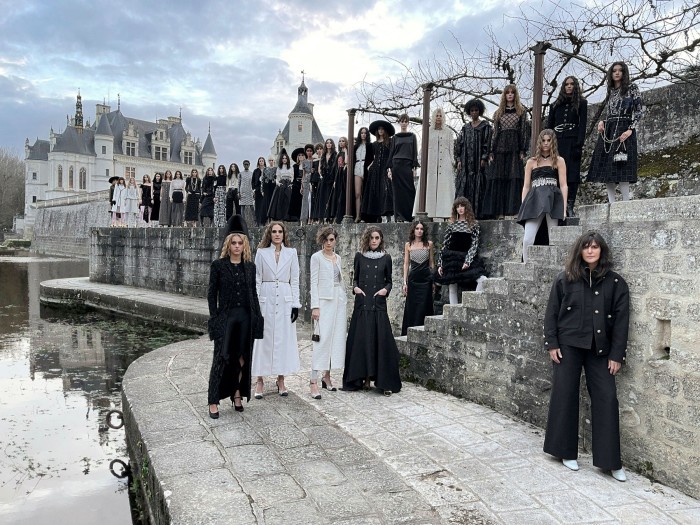
Simply sign up to the Style myFT Digest -- delivered directly to your inbox.
Back in early March, when parts of Europe went into lockdown, and designers began to panic as collections got stuck in warehouses or were refused by the department stores that had ordered them, analysts warned of an “unprecedented crisis” for the £2.2tn fashion and luxury industries.
Eight months later, that “unprecedented crisis” looks more like a blip — especially at the higher end of the price spectrum. While luxury goods sales shrunk by about a fifth last year, according to Citi and Bain estimates, a strong third quarter and the rapid deployment of a vaccine has led some analysts and executives to predict a near-full return to 2019 revenues in 2021.
Such optimism is shared by investors: for the fifth consecutive year, the luxury sector has outperformed the wider equity market — this year by about 10 per cent — notes Thomas Chauvet, head of luxury goods equity research at Citi.
It helped that Japan and China, the second- and third-largest luxury markets by sales, recovered quickly from the virus, and the rise of “revenge buying” (shopping sprees driven by pent-up demand during lockdown) and “reunion dressing” in China buoyed purchases in the spring. Where stores were closed, many shoppers turned to ecommerce for the first time — and brands say they’ll keep shopping there.
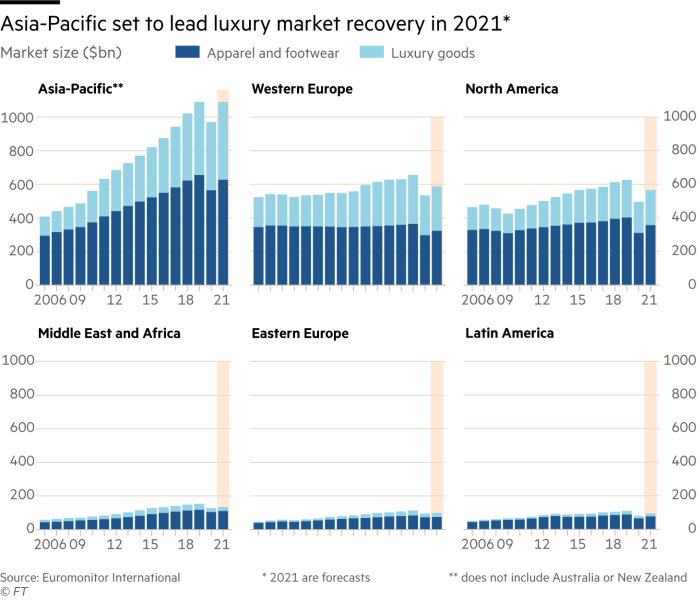
The US luxury consumer also proved surprisingly resilient. With stock indices reaching record highs and fewer opportunities to spend on international travel, restaurants and spas, the wealthy snapped up luxury handbags, fine jewellery and cashmere tracksuits.
Luxury executives also responded quickly and ably during the first wave of infections, says Chauvet: slashing marketing and events budgets, renegotiating rents and, among the publicly listed companies, reducing the dividends they had planned to pay to investors.
But while sales might return to 2019 levels, in other ways, the industry will look rather different in 2021.
That will be evident on your next trip to a department store. Prior to the pandemic, tailoring was enjoying a comeback, steadily replacing hoodies, track bottoms and other streetwear-inflected designs on catwalks and on garment rails. A year of mostly working from home has changed all of that.
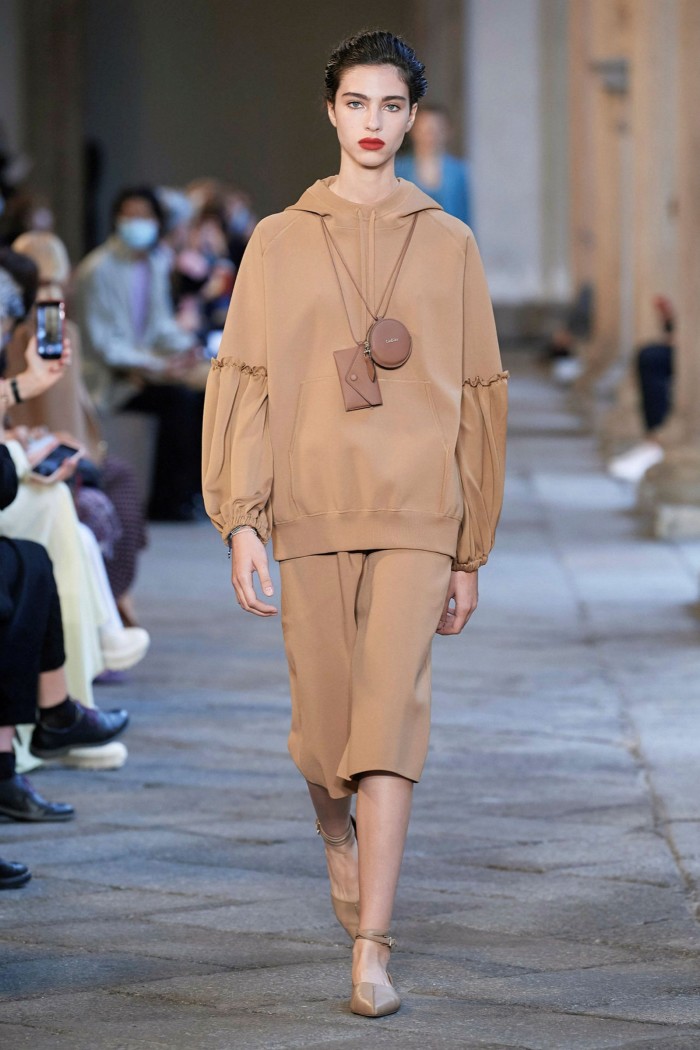
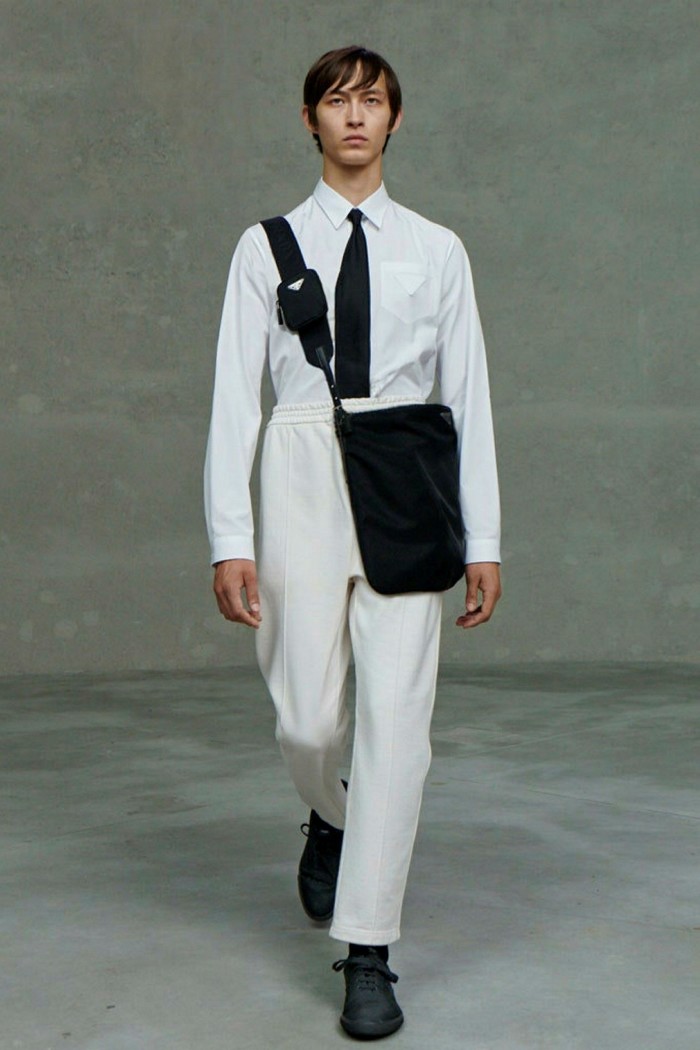
“We won’t go back to the way we were — clothes will remain more casual for the best part, because our lives have become more of a blend,” says Natalie Kingham, chief fashion officer of luxury e-tailer MatchesFashion.com. In lieu of a full suit, she thinks customers will pair a blazer with a T-shirt and jeans when they return to the office; they’ll also be seeking out more “versatile” pieces for that transition.
Lydia King, fashion buying director at Harrods, says she saw “a seismic shift away from workwear and party-wear” in 2020. While she expects a “big bounce back” in events and wedding attire in 2021, “it’s hard to imagine emerging from the house in a power suit”.
Instead, King has been stocking up on “soft tailoring” such as cardigans and drawstring trousers, which can be worn on Zoom and at the office; timeless staples, such as cashmere camel coats and “investment bags that will hold their resale value”; and “joyful, exuberant” party clothes for all of those reunions we plan to have in 2021. Comfort, which was “never the top factor when we looked at our buy” in past seasons, is now paramount for customers, she says.
One thing that won’t go away this year? Logos. “In previous crises, logos were a no-no, it was inappropriate,” observes Erwan Rambourg, a luxury analyst and author of Future Luxe: What’s Ahead for the Business of Luxury. “Right now, even with high unemployment, it is the iconic, recognisable products that are outperforming versus pre-Covid. There is no guilt factor — it’s more of a ‘I’ve survived this, it’s ok to reward myself, I’m worth it’.”
Fashion weeks will also look a little different next year. While some brands, including Fendi and Dolce & Gabbana, plan to go ahead with live catwalk shows at men’s fashion week in Milan in January, many others will continue to focus on digital and audience-less presentations — at least in the first half of the year.
Others will move their shows to China. Already luxury’s fastest-growing market prior to the pandemic, mainland China will become even more important in 2021 as Chinese luxury shoppers take fewer trips abroad and buy more goods at home. The migration for brands is already happening: Cartier released its latest Pasha watch in China in July, two months before the rest of the world, and Moncler plans to move its Genius show from Milan Fashion Week to Shanghai in 2021.
Analysts say brands have already begun to discuss the expansion of their main flagships in China and the opening additional locations in less populous cities.
Other pre-pandemic trends are also set to accelerate this year. The major, conglomerate-backed luxury brands, which were already gobbling up market share from smaller players, are poised to capture yet more market share in 2021, analysts say. That will make things tougher for independent, family-owned houses — some of which are likely to be put up for sale.
“The big brands are going to outperform when rebounding from this crisis, and probably the small independent guys will realise they need to sell or merge,” Rambourg predicts. M&A activity is already picking up: in the past two months, VF Corp agreed to acquire streetwear brand Supreme for $2bn and puffer jacket maker Moncler took a majority stake in rival Stone Island.
Collections will also continue to be smaller, and more designers will opt for certified-sustainable fabrics in response to climate concerns. Even before Covid-19, collections were shrinking as brands moved away from trendy, seasonal products towards more dependable “evergreen” items.
In the world of venture capital, profitability has become a much bigger priority for start-ups, says Nicole Quinn, a general partner at Lightspeed Ventures, whose investments include Gwyneth Paltrow’s Goop and Lady Gaga’s Haus Laboratories, both of which became profitable this year.
She is keeping an eye out for opportunities in beauty, skincare, fitness and live-video shopping next year, all of which were given a boost by the pandemic, she says.
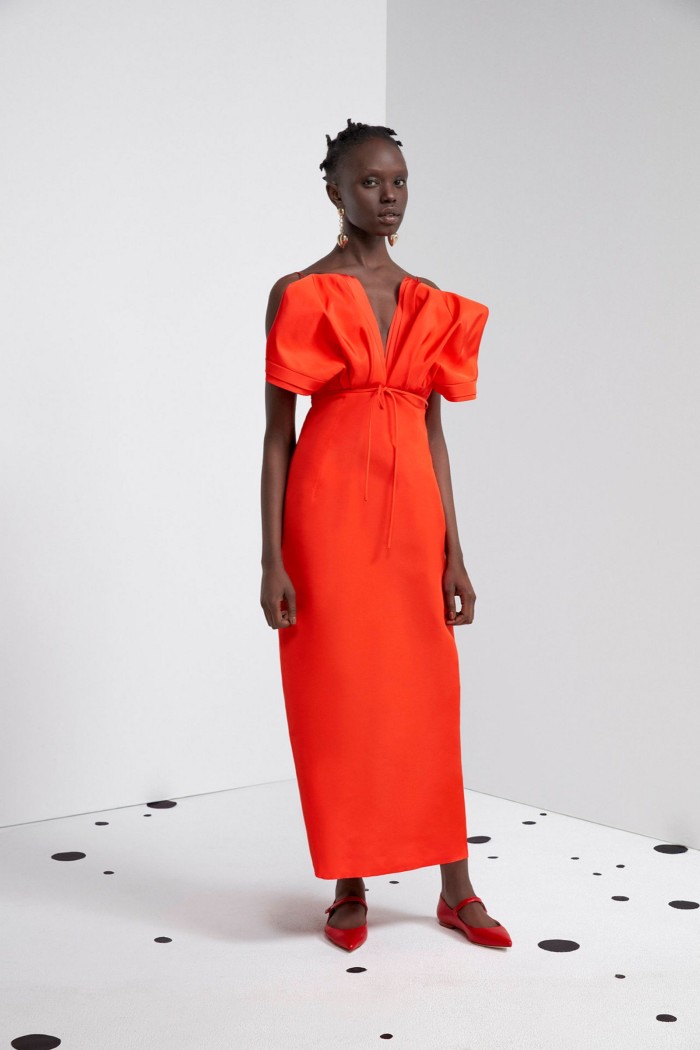
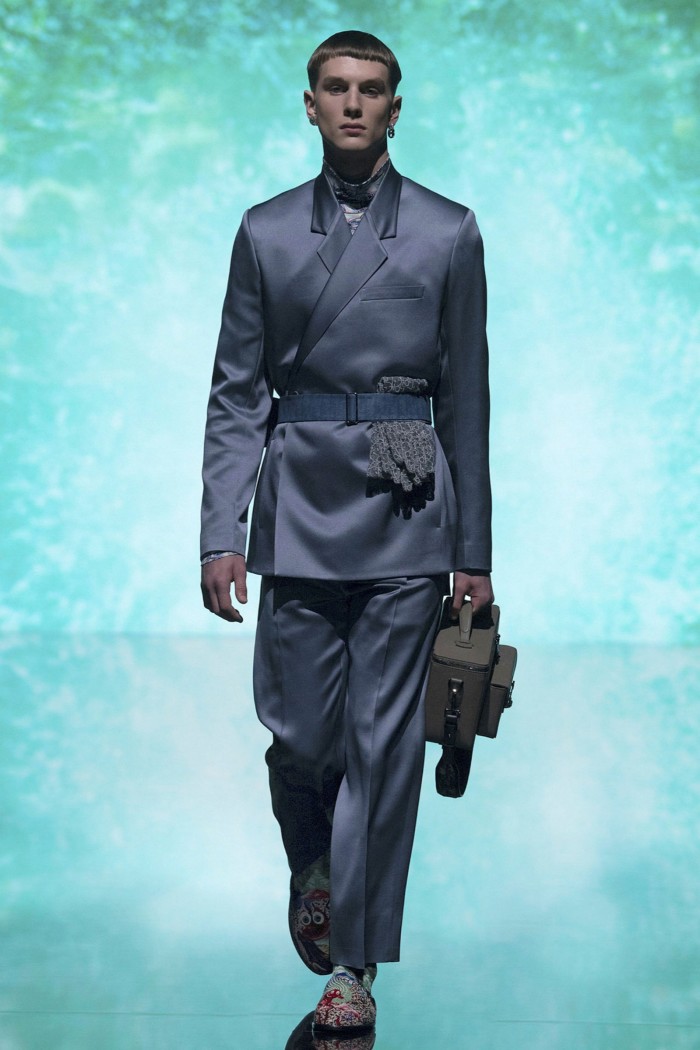
Quinn also predicts a “huge influx” of companies staging IPOs in the US in 2021 following the strong performance of tech players such as Airbnb and DoorDash. (Just this week, the parent company of Munich-based luxury etailer MyTheresa, a competitor of Net-a-Porter and MatchesFashion, filed for a IPO in the US.)
Not everyone is confident of a recovery in 2021: researchers at Bain believe luxury goods sales will not fully rebound until mid-2022 or 2023, given the state of the global economy.
In some ways, luxury brands will emerge stronger from the trials of 2020. During the pandemic, stores in Europe and other tourist-driven markets began reconnecting with their local customers, gathering a wealth of data and connections — advantages that will continue even as international travel resumes.
“Before, these brands didn’t know who they were selling to, they were relying on tourism,” says Rambourg. “That’s one of the silver linings to this crisis.”
Follow @financialtimesfashion on Instagram to find out about our latest stories first
More on fashion in a pandemic
I love clothes — I’m just not buying any
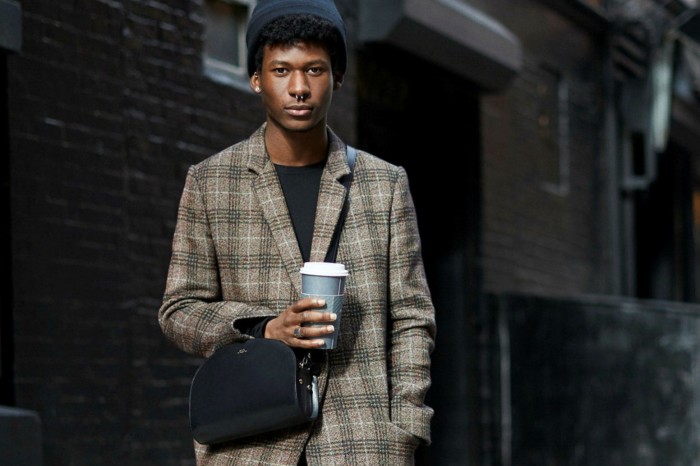
Vanity is akin to an addiction, but the desire to look sharp has its benefits too, writes Robert Armstrong
Louis Vuitton: China is the future
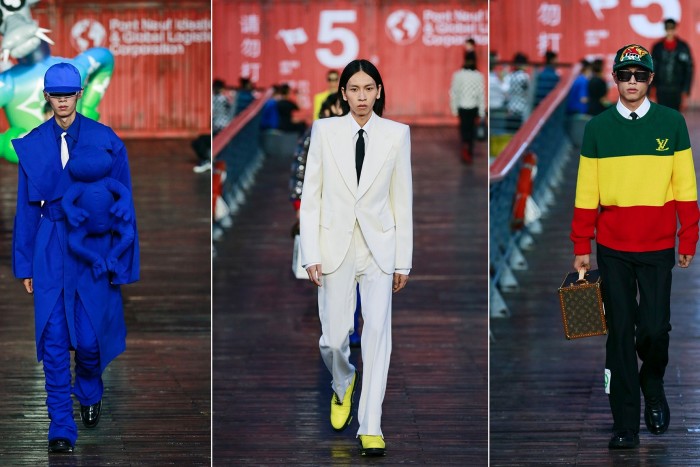
The luxury group’s CEO on weathering a pandemic and changing his unsustainable industry
Listen to our podcast, Culture Call, where FT editors and special guests discuss life and art in the time of coronavirus. Subscribe on Apple, Spotify, or wherever you listen
Comments